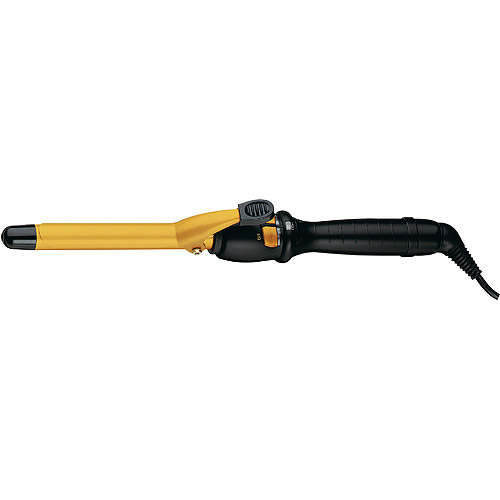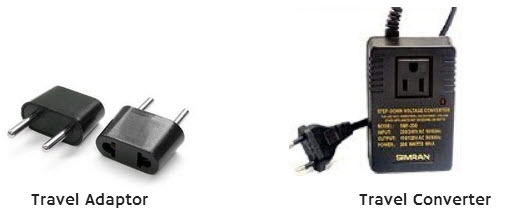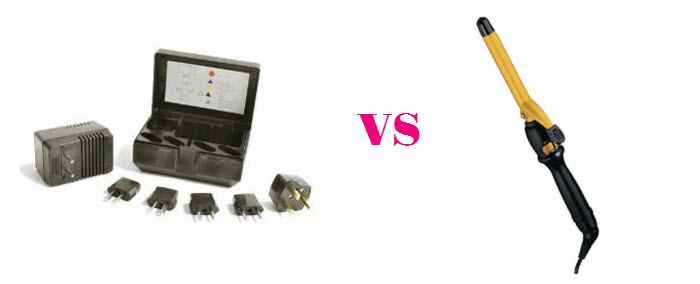Should You Opt for a Converter or Dual Voltage When Traveling in Europe

This is probably a question that comes up the most frequently when friends are planning trips, and its one I’ve worried about when I went to Ireland and Vienna this spring. Did I need to invest $20+ in a travel converter or could I just use adaptors?
(Converters/transformers moderate the electrical output, adapters make it possible to plug your power cord into the outlet)

The good news is most modern laptop and cell phone power cords can handle 110-22ov, so once I verified that was the case with mine, I could stay charged up with only an adapter. All our hotel rooms would have hair dryers, so I was all set for Ireland.
Vienna was a slightly different story — I was going to a ball and would be “doing my hair” which involved more than a hairdryer. I did the research and determined none of my existing stylers were dual voltage. A bad experience from my study abroad semester where my curling iron melted my hair had taught me the hard way what happens if you just plug your appliance in with only an adapter.

I could spend $15-$20 for a bulky converter optimized for my existing device or I could spend $18 and buy a brand new dual voltage curling iron. Looking at my curling iron from the late 1990s I decided it was time for an upgrade and bought the new one. I didn’t regret it! It simplified packing and use — I just had to make sure that the little dial was set to 220v when I plugged it in.
If you’ve already invested in some very nice hair styling equipment or other electronics that aren’t dual voltage and don’t plan to travel internationally that frequently, buying a converter is probably your best bet. Just make sure you read the description carefully — some are made specifically for hair dyers, flat irons, etc and others warn against them.
If you plan to travel frequently and/or have not spent a lot on your appliances in the past, my recommendation is to get the dual voltage — it will save time, space, and the occasional worry something will go wrong and blow up. 🙂
——–

As someone who goes from 230/240volts to 110volts often, it’s pretty much a requirement for any electronics that I take to be “multi-voltage” (with plug converters).
It’s important to note how much load (in Amps) a plug can take. Some are rated for only 5amps… others higher.
Take time to read those little labels on your electronics. Doing so could save you a big bill.. as well as damaged hair!!!!
When going internationally, I take the adapters I need (no reason to bring the Middle East adapter to France). One exception is the adapter I got from Brookstone as it has 2 USB slots for charging phones included in the assembly.